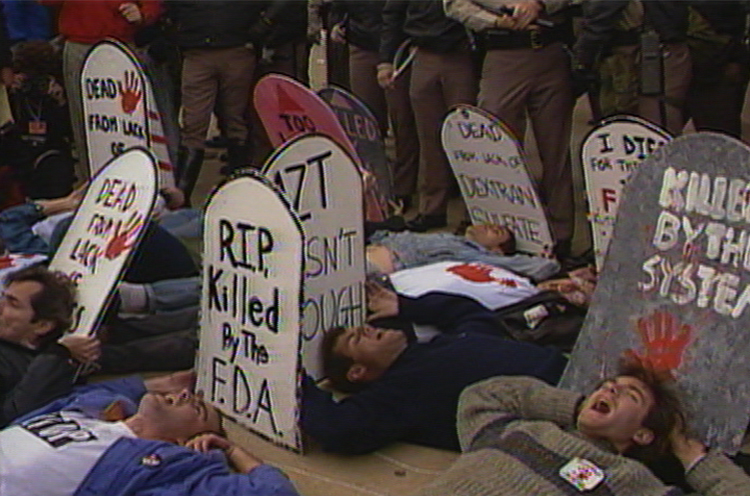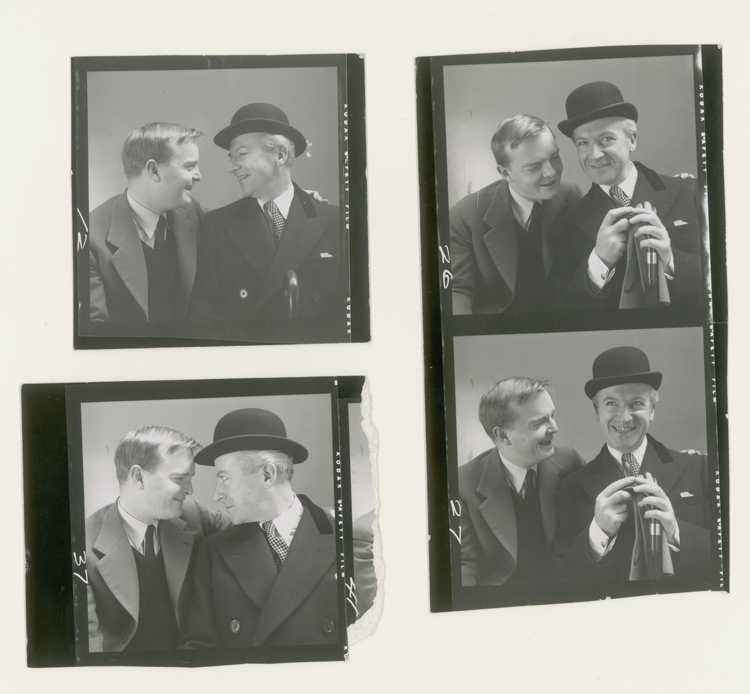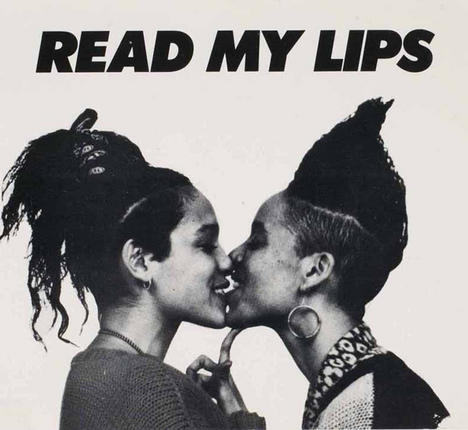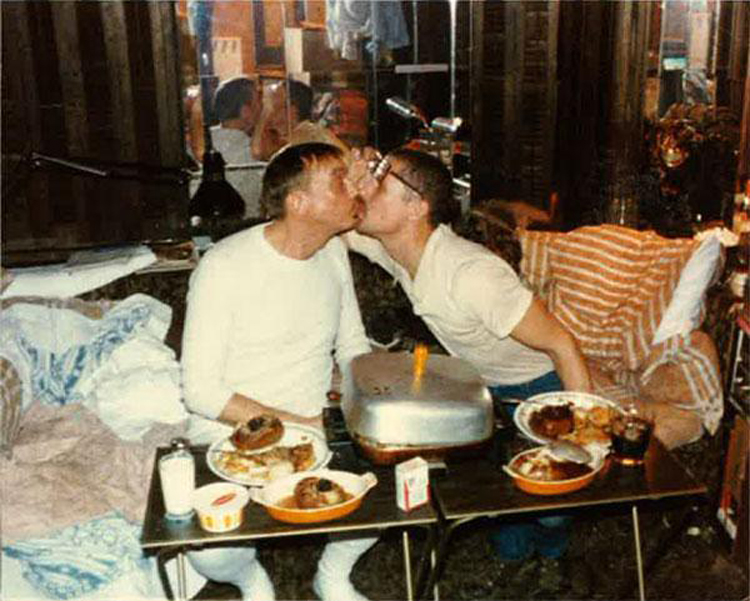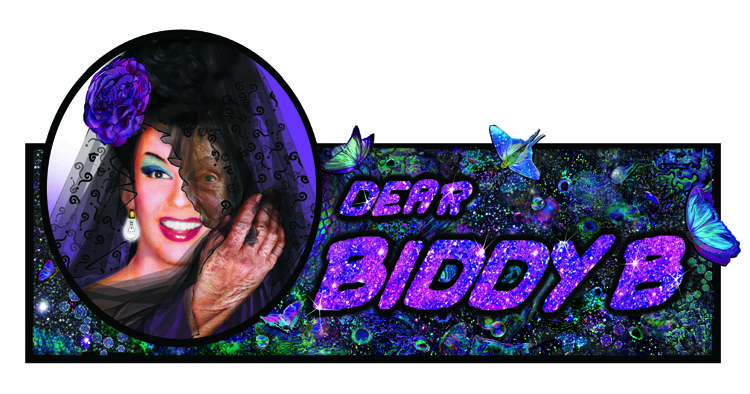Tomorrow night at the MOMA, KTLO contributor Jim Hubbard will open the annual Documentary Fortnight series with his exciting new documentary United In Anger. Perfectly timed for last year’s 30th anniversary of AIDS, and this year’s 25th anniversary of ACT UP, the film tells the story of the legendary activist group who fought tirelessly to change government definitions of AIDS, force scientists and the government to excel their development of life-saving drugs, and change the public perception of AIDS from a gay-disease to one that affected us all. The film examines the nuts and bolts of what made ACT UP’s successes and failures come to pass, with a special attention paid to the culture and camaraderie behind the scenes as well as the role of women in the group. I spoke to Hubbard last night about creating the film, the connections between ACT UP and Occupy Wall Street, and whether New York would be ready for another AIDS crisis.
Adam: Hi Jim, are you excited for the premiere?
Jim: Yeah. It’s started to keep me up night.
I know you were a member of ACT UP, both a longtime activist and longtime documenter of the movement, but how did this film come together?
It either took me 25 years, 10 years, or 3 years depending on how you count. I started filming ACT UP in June of 1987 at the Gay Pride March. I continued to film ACT UP for years afterward and make films about it. Elegy in the Street would be the most prominent of the films. But I was shooting 16mm and processing the footage myself, so I stood in contrast to all the people videotaping it, many of whom made dozens of tapes about ACT UP in the late 80’s/early 90’s. Then in 1995, at the behest of the Estate Project for Artists with AIDS I convinced 30 or 40 AIDS activist videomakers to donate work to the New York Public Library, for the resources there. And then ten years ago when Sarah Schulman and I started the ACT UP Oral History Project, I always had it in my mind that I would make a film based on the project, and I started seriously editing what became United In Anger, about three years ago. More…



